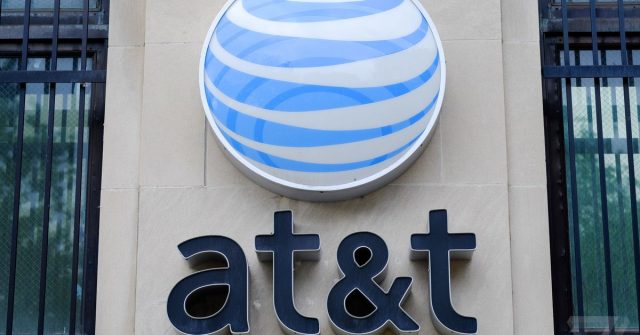
AT&T announced today that its 5G network will launch in the first half of December. You can use it if you’ve got a compatible Galaxy Note 10 Plus 5G, one of two unlimited plans, and are fortunate enough to live in one of the five cities where it will be available at launch — or ten cities that will get 5G by early next year. Now, AT&T has also shared its initial 5G coverage maps, and we’ve included them all in this post.
AT&T claims it has two kinds of 5G already, but this third one is the real deal, sort of.
- You might have seen a 5GE icon on your phone — that’s actually just LTE.
- You may have also heard about mmWave 5G, which is what AT&T calls 5G+. mmWave 5G offers lightning-fast speeds, but extremely limited coverage (see: Verizon’s mmWave 5G coverage maps). AT&T’s 5G+ is no exception, as it only works over A) a 5G hotspot that is only available to business customers or B) a mmWave-compatible Galaxy S10 5G that’s not available to consumers, and C) is only available in “parts of” 21 cities.
- The maps below represents AT&T’s consumer rollout of regular, “low-band” 5G, which will have speeds that are “expected to be comparable” to LTE-Advanced, which is already just a speedier 4G.
Still with me? If so, here’s how the rollout of AT&T’s 5G (the regular, low-band kind) will go:
- In the first half of December, AT&T’s 5G will launch in five cities: Indianapolis, Pittsburgh, Providence, Rochester, and San Diego.
- By February 2020, AT&T’s 5G will launch in 10 more cities: Birmingham, Boston, Bridgeport, Buffalo, Las Vegas, Louisville, Milwaukee, New York, San Francisco, and San Jose.
If you live in one of those cities, look for a map of your city below to see where you can get AT&T 5G. We’ve grouped the maps into two categories: first is the December launch group, then the “by February 2020” group, with each city in alphabetical order in each group.
If your city isn’t listed here, it will probably have 5G coverage (again, that’s the regular, low-band 5G) within the first half of 2020. That’s when AT&T says it will have nationwide coverage with slow, but real, 5G.
Available in the first half of December
Indianapolis, Indiana

Pittsburgh, Pennsylvania

Providence, Rhode Island

Rochester, New York

San Diego, California

Available by February 2020
Birmingham, Alabama

Boston, Massachusetts

Bridgeport, Connecticut

Buffalo, New York

Las Vegas, Nevada

Louisville, Kentucky

Milwaukee, Wisconsin

New York, New York

San Francisco, California

San Jose, California








